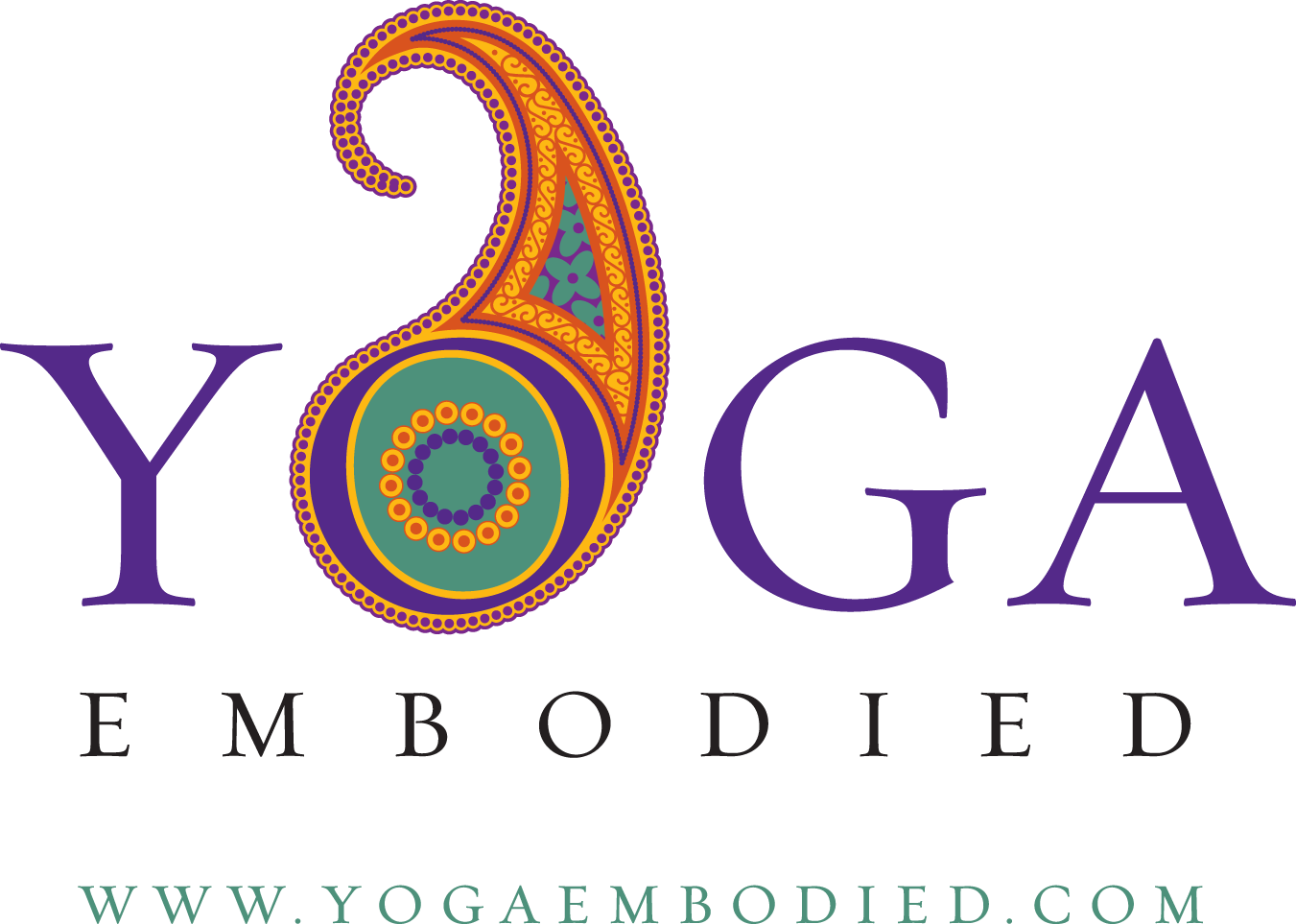Introducing Ayurveda – the science of life
I have mainly been sharing my love for yoga in these blogs (familiesonline.co.uk/yoga). I teach and practise yoga, I breathe yoga, I live yoga… But I also have a passion for Ayurveda. Having studied this science and practised it I feel Ayurveda and Yoga are intertwined, they share much of the philosophy and the way of being. The ancient knowledge of Ayurveda shines through and inspires my yoga practise and my yoga classes. And Yogic knowledge is shared in my Ayurvedic consultations and treatments. Indeed my dissertation in my Ayurvedic degree was on Yoga’s effect on the mind.
Dr. David Frawley says:
‘Yoga is the spiritual aspect of ayurveda, while Ayurveda is the therapeutic branch of Yoga’
So here is a very brief introduction:
The classic texts on Ayurvedic medicine advice an individual to live an ayurvedic lifestyle according to one’s individual constitution and cultivate the following
Dharma – Virtue
Artha – Weatlh
Kama – Desire
Acquire knowledge of the Self, cultivate patience, study spiritual texts and meditate.
A very similar practise to the Yogic lifestyle.
Ayurveda is to live according to one’s individual constitution, to the seasons, place where one lives, one’s age etc. When we learn to listen to our own body and act accordingly we live in balance – we live Ayurvedic. This is also how we apply ayurveda to our yoga practise and in our yoga class.
Ayurveda and Yogic philosophy believe everything is composed of five elements in different measurements: Space, Air, Fire, Water and Earth. These five elements also manifest as the three Doshas: Vata, Pitta and Kapha. We are all a combination of the five elements and so of the different Dosha. Our constitution is how we were born, our perfect balance completely unique to us. This is called our Prakruti. But as we forget to live according to our true nature or through trauma, ailments, stress and busy lifestyles our Prakruti becomes disturbed – out of balance. It becomes Vikruti. This occurs both in body and mind.
Vata, Pitta and Kapha move in the whole body producing good or ill effects upon the entire system according to their normal or provoked states. Their normal state is Prakruti and their abnornal state is Vikruti.
Charaka Samhita sutrashana 17.62
In Ayurveda and Yoga we aim to find balance in body, mind and spirit. We aim to educate ourselves to listen to what is right for us at any given time. What tastes, temperature, qualities (e.g. hard, soft, dry, wet, oily, rough) are benefiting us and what aggrevates our body/mind.
Ayurveda may not always be a quick remedy but it is a natural way of living. ‘One who is established in Self, who has balanced doshas, balanced agni (digestive fire), properly formed dhatus (tissues), proper elimination of malas (waste), well functioning bodily processes, and whose mind, soul, and senses are full of bliss, is called a healthy person’ says the Sushruta Samhita.
